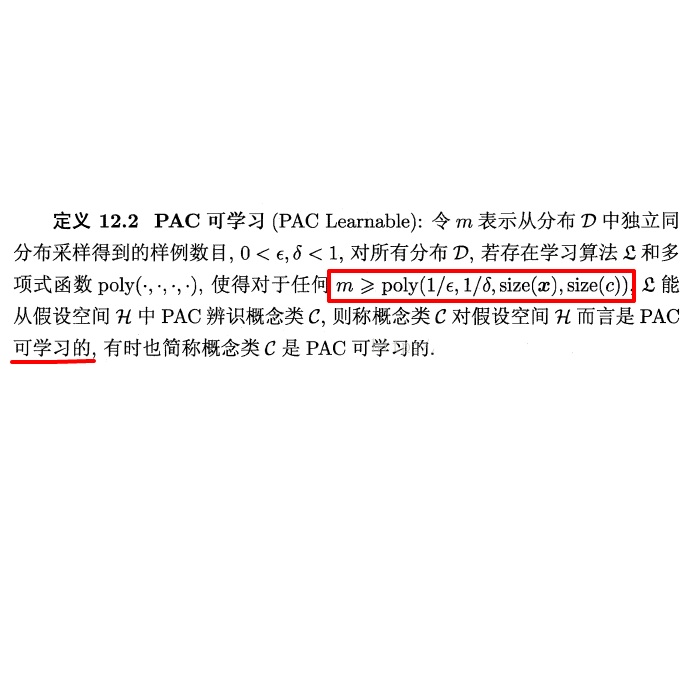In this manuscript, we propose an alternating optimization framework to maximize the energy efficiency of a backscatter-enabled cooperative Non-orthogonal multiple access (NOMA) system by optimizing the transmit power of the source, power allocation coefficients (PAC), and power of the relay node under imperfect successive interference cancellation (SIC) decoding. A three-stage low-complexity energy-efficient alternating optimization algorithm is introduced which optimizes the transmit power, PAC, and relay power by considering the quality of service (QoS), power budget, and cooperation constraints. Subsequently, a joint channel coding framework is introduced to enhance the performance of far user which has no direct communication link with the base station (BS) and has bad channel conditions. In the destination node, the far user data is jointly decoded using a Sum-product algorithm (SPA) based joint iterative decoder realized by jointly-designed Quasi-cyclic Low-density parity-check (QC-LDPC) codes. Simulation results evince that the proposed backscatter-enabled cooperative NOMA system outperforms its counterpart by providing an efficient performance in terms of energy efficiency. Also, proposed jointly-designed QC-LDPC codes provide an excellent bit-error-rate (BER) performance by jointly decoding the far user data for considered BSC cooperative NOMA system with only a few decoding iterations.
翻译:在此手稿中,我们提出一个交替优化框架,通过优化源、电源分配系数(PAC)和继电器节点的传输能力,优化源、电源分配系数(PAC)的传输能力,优化源、电源分配系数(PAC)的传输能力,实现连续取消干扰(SIC)的不完善的分解。在此手稿中,我们提出一个交替优化框架,通过考虑服务质量(Qos),电力预算与合作限制,最大限度地提高后散式合作非横向多重接入(NOMA)系统的能效。随后,引入了一个联合频道编码框架,以提高远用户与基地站没有直接通信联系且频道条件差的远用户的性能。在目的地节点,远用户数据被联合使用基于联合设计的快速循环低密度对称(SPA)的联合迭代码解码进行联合解码,通过联合设计的Qasi-周期对等码(QC-LDPC)优化了传输支持型合作型NMA系统(NMA系统)与远端对口系统(BMA-C)的拟议低级对口系统,同时提供高效业绩。



